If you're new to photography or if you haven't followed the photography industry for long, knowing what camera brands are best is actually an important question. Only a few years ago, almost all serious photographers shot either Canon or Nikon, but today, that's not true at all. There are lots of excellent camera brands doing interesting things.
In short, it seems to me that Sony is probably the brand that most photographers admire right now, but Canon and Nikon are still producing fantastic DSLR cameras. Also, up-and-comers like Fuji, Olympus, and Panasonic are doing interesting things with mirrorless cameras, and Pentax is still a great value for the quality.
Originally, I started shooting Canon. Then I switched to Nikon, then to Fuji, then to Sony. In addition to that, I've shot with most of the camera models in existence at some point or another, so I feel like I can point you in the right direction.
My Personal Rankings for the Top 10 Camera Brands
- Sony – Sony gets my vote for the #1 camera brand right now. Sony makes the sensors for almost all of the camera manufacturers out there. They seem to be holding the best sensors for themselves now, and their mirrorless technology is quickly eclipsing what the traditional DSLR can do. I believe Sony is producing the best mirrorless cameras right now.
- Nikon – Nikon has had a difficult few years financially, but they seem to be bouncing back. The Nikon D850 seems to outperform the Canon in nearly every spec. I believe Nikon is producing the best DSLRs right now.
- Fuji – Fuji produces mirrorless cameras in the aps-c format which are really fun to shoot and compact. They offer excellent color reproduction best-in-the-industry controls.
- Canon – Canon still produces some of the most popular cameras among pro and hobbyist photographers; however, they haven't hit a home run with a new camera in a few years. They have Nerfed the video capabilities in their cameras, but they are including GPS in many models and have the best touch screen implementations of any brand.
- Olympus – You either love micro 4/3 or you hate it. Olympus and Panasonic produce cameras with smaller sensors which makes the lenses cheaper and the cameras much smaller. This makes them excellent for travel and portability, but it does limit their ability in low light performance.
- Pentax – Pentax has always produced high-quality cameras at good price points. Their lens systems are not even close to what are available for Canon and Nikon, but the cameras are quite capable and reasonably priced. I wouldn't be surprised if we hear an announcement sometime in the next year that they have left the camera business. If they are going to stay, they need to step up their marketing efforts.
- Panasonic – Panasonic micro 4/3 cameras are very much competitive to Olympus. Panasonic has focused more on the video side of things, but their autofocus capabilities are still lagging behind.
- Leica – They're still there. Some people swear by them.
- Hasselblad – They're still there. Some people swear by them.
- Sigma – No one actually buys Sigma cameras…. I wonder why they make them?
Reader's Choice Rankings
I did a poll of over 150 Improve Photography readers, and these were their favorite camera brands. The specific question I asked them was, “If you weren't locked into a camera system right now and you were to buy a new camera, what brand would you choose?” Here are the results:
- Sony (34% of the votes)
- Nikon (22% of the votes)
- Canon (21% of the votes)
- Fuji (11% of the votes)
- Pentax (5% of the votes)
- Olympus (3% of the votes)
- Panasonic (2% of the votes)
- Hasselblad (1% of the votes)
- Leica (1% of the votes)
- Sigma (No votes)
Canon: Lagging behind in new tech?
Canon produces excellent cameras, and is still the largest interchangeable-lens camera maker out there. However, the tide seems to be turning away from Canon over the last 4 years. The Canon 5D Mark IV is an extremely capable camera that many pro photographers love, but comparing it to the Nikon D850 specs quickly shows that Canon is lagging behind in some areas. The things holding Canon back are (1) Their sensors don't seem to be keeping up with the Sony sensors, (2) They are intentionally holding back the video features in their cameras, and (3) They have refused to change with the times and produce a quality mirrorless camera.
Strengths of Canon's Cameras
- Highest quality lens system on the market
- The only brand who makes their own sensors instead of buying from Sony like all the others
- Excellent color rendition. Only Fuji makes a raw file that looks as good straight out of the camera
- Touch screens on their newer cameras are very well implemented
Weaknesses of Canon's Cameras
- No 4k video on any of their still cameras. This is extremely frustrating.
- Poor autofocus for night photography (Similar to Nikon. Mirrorless cameras are generally far superior in this regard)
- Canon has not produced a quality mirrorless camera yet. It seems clear to nearly all industry insiders that mirrorless cameras are the future, and all of us are wondering if Nikon and Canon are about to get “Kodaked” by being too slow to innovate on this trend.
- Canon sensors are generally not ISO invariant, like most of the Sony sensors. Also, Canon seems to be lagging behind in dynamic range abilities on their sensors.
- Canon has been very slow to come out with new sensors, and to release updates to cameras. An example is the T2i, T3i, T4i, 60D, and 7D which all used essentially the same sensor.
Best Entry-Level Canon Cameras: The Canon Rebel cameras are where many pro photographers started out. They are very capable cameras, but I believe Nikon's entry-level offerings are stronger because of the superior autofocus and video capabilities.
Best Mid and High-End Canon Cameras: The Canon 5D Mark IV is an extremely impressive camera. The touch screen works very well, and while it's not quite as good as the Sony sensors on paper, the camera as a whole is extremely impressive and probably the most popular camera amongst pro photographers.
Nikon: Extremely solid and reliable
In my opinion, Nikon is producing the best DSLR cameras on the market right now. Their new full-frame D850 looks very impressive. Also, their entry-level cameras are beating out what Canon is producing. Canon's Rebel series has been stuck for years with inferior autofocus systems, and Nikon is putting a much more full-featured autofocus module in their entry-level offerings. Nikon has rumored a mirrorless camera, and I'm anxious to see what they make.
Strengths of Nikon Cameras:
- Solidly built, excellent weather sealing, reliable software, and dependable lenses. If you want to pick up a camera today that you can be certain will work bug-free for the next 200,000 photos, then go get a Nikon.
- 4k video and 8k timelapse are newer technologies that Nikon embraced quickly and which Canon is yet to put in any cameras
- Excellent battery life
- Second-best lens lineup in the industry (Debatable between Canon and Nikon, but most reviewers would give Canon the slight edge)
Weaknesses of Nikon Cameras:
- If you're coming from Canon or Fuji, it will take some time to get used to the look of a Nikon RAW file. Nikon files are great and can look perfect with some work, but I found that they usually take a little more Lightroom work to get the colors looking how I like them. This is a SLIGHT difference that only pro photographers or passionate hobbyists will ever notice.
- Poor autofocus for night photography (Similar to Canon. Mirrorless cameras are generally far superior in this regard)
- Cameras and lenses are heavy
- Nikon has not produced a quality mirrorless camera yet. It seems clear to nearly all industry insiders that mirrorless cameras are the future, and all of us are wondering if Nikon and Canon are about to get “Kodaked” by being too slow to innovate on this trend.
Best Entry-Level Nikon Cameras: If you only have a budget of $600 to $800, then I recommend getting a Nikon D5500 camera bundle with a couple lenses from Amazon. With a slightly higher budget, you can get a Nikon D5600. They are well-built, have great image quality, and you'll be buying into a really solid camera system. I believe Nikon's entry-level cameras are superior to the Canon Rebels. Nikon has expressed that they plan to shift their attention away from entry-level cameras going forward, so grab one while you still can.
Best Mid and High-End Nikon Cameras: The Nikon D850 hype is really starting to build and the specs that we've seen so far look extremely impressive–enough to resurrect interest in Nikon as a brand and see clearly that they are ready to start innovating. The Nikon D810 and D820 cameras were absolutely dominant in their day, but the D850 now has some ground to catch up on if they want to take the top spot.
Sony: Best sensors of any camera
About three years ago, something must have clicked for Sony because they have been on an absolute tear ever since. It's as if Sony finally realized, “Hey, we make all of the best sensors for the camera manufacturers, why don't we make our own cameras and keep all the profit?”
Strengths of Sony's Cameras
- Without question, they have the best sensors on the market. This, I would argue, is setting them on a trajectory to dominate the market.
- Autofocus is extremely good on their newer cameras
- Some of their new lenses, like the Sony 16-35mm f/2.8 GM lens, are groundbreaking for image quality and weight savings
Weaknesses of Sony's Cameras
- Tries new things like the ability to install apps on the cameras, but the technology makes this an extremely buggy process
- No good options in the entry-level price range of $600-$800
- Lens system is still growing but has some limitations
- Non-intuitive controls on the camera. Most photographers can easily pick up a Fuji, Canon, Nikon, or Olympus camera and know how to use it within 5 minutes or so. I have not found that to be the case with the Sony. I had to look up a lot more things in the manual.
- Most of their cameras have overheating issues. This has extended from the Sony RX100 series to the Sony a6500 series, to the a7rii series. However, this seems to have been fixed in the Sony a9.
- Sony cameras have not traditionally done well with weather sealing. Even the Sony a9 is not as weather sealed as the higher-end Canon and Nikon offerings.
- While the newer Sony cameras have touch screens, they still aren't well implemented. Also, the LCD screens on Sony cameras scratch too easily. Go look at a used a7rii or Sony RX100 and you'll see that they almost all have scratched up screens.
Best Entry-Level Sony Cameras: When a friend or a neighbor asks me what camera they should buy, I usually ask a few follow up questions, but my recommendation is almost always the Sony a6500 if they plan to spend around $1,400. If they have a slightly lower budget, I recommend the Sony a6300, which you can buy used on Amazon for as low as $800. These cameras are lightweight, have excellent image quality, focus quickly, and have great features that techy guys will appreciate.
Mid and High-End Sony Cameras: The Sony a7rii has become the darling of landscape photographers around the world. The combination of dynamic range, resolution, and low-light performance has earned it the top pick by serious landscape photographers everywhere. The Sony a9, while expensive, has turned heads in the industry for the incredible speed and image quality. Also, the A7s series of cameras has set a new standard for low-light performance.
Fuji: Best controls of any camera on the market
Strengths of Fuji Cameras:
- So much fun to shoot! They have excellent controls for changing the aperture, ISO, shutter, and focus points quickly and easily. The camera is a dream to shoot.
- Lighter weight and smaller. The mirrorless options from Fuji make packing lots of gear in a backpack and traveling or carrying it around a breeze.
- Excellent autofocus in dark environments–best in the industry.
Weaknesses of Fuji Cameras:
- They don't make a high-quality wide angle lens for the x system. This hurts the Fuji system's ability to be used for landscape photographers. The 10-24 is not weather sealed and is only reasonably sharp.
- Low megapixel. While 24 megapixels is certainly plenty of resolution to print very large, it doesn't leave a ton of margin for when you want to make a significant crop to a photo. It also doesn't future-proof your portfolio as well.
- Few third-party lens options are available, and the Fuji lens selection is a little thin
- Poor battery life, even when compared to other mirrorless cameras
Olympus: Best image stabilization and convenient form factor
Strengths of Olympus Cameras:
- Extremely portable and lightweight given the micro 4/3 form factor
- Best image stabilization in the industry
- While the cameras are priced about the same as the rest of the industry, you can really save money on lenses by going micro 4/3
Weaknesses of Olympus Cameras:
- While micro 4/3 cameras are extremely impressive for what they can do in low-light given the sensor size, they still lag far behind the rest of the industry in low light performance.
Pentax: Solidly built and lots of unique features
Strengths of Pentax Cameras:
- Solidly built with excellent weather proofing
- Very competitively priced given the features and quality
- Quick to add new features and technologies such as star tracking
Weaknesses of Pentax Cameras:
- The lens system is good, but still not comparable to Canon or Nikon's offerings
- Pentax is yet to build a compelling mirrorless camera
Panasonic: Best video cameras out there
Strengths of Panasonic Cameras:
- Some of the best video cameras on the market
- Reasonably priced
Weaknesses of Panasonic Cameras:
- Autofocus speed and accuracy remains a point where Panasonic lags behind the market.
- Similar to Olympus, while the micro 4/3 cameras are impressive at low light for their size, they still lag behind what an APS-C or full frame camera can do in low light.
What Camera Brand Should You Pick?
There really is no “best” camera brand. They all have strengths and weaknesses that are better suited to different photographers and types of photographers. Here are some good reasons to choose each of the camera brands depending on your particular needs and situation.
- Sony – Choose Sony if you're an image quality snob because of their unmatched sensor quality. Another good reason to choose Sony if you're a technology enthusiast and like to see the benefits of new mirrorless cameras, an app store for your camera, etc. Sony offers lightweight and portable APS-C cameras with the impressive Sony a6500 (link to Amazon) that gets my recommendation for the best mirrorless camera in the $1,000 to $1,500 price range. Their full-frame a7rii makes any landscape photographer drool.
- Canon – Choose Canon if you've shot a DSLR for years and want to stick with a traditional design. Sports shooters have always seemed to favor Canon for some reason, and if you have the travel bug and want built-in GPS, then Canon is the brand for you.
- Nikon – Choose Nikon if you want a company that is innovating in the DSLR space. Nikon's entry level cameras have superior autofocus to Canon and their video features trounce what Canon offers. If you are just starting out and your budget is under $800, then pick up a Nikon D5600 and call it a day. Great starter camera. If you're on the higher end, the new Nikon D850 gets my vote for the best DSLR camera on the planet.
- Fuji – Choose Fuji if you value lightweight and portable cameras that have better image quality than micro 4/3 cameras, if you like the beautiful vintage design of their cameras, or if you value having unmatched camera and exposure controls. Fuji cameras are more fun to shoot than any other brand–no question.
- Pentax – Choose Pentax if you want an ultra-rugged traditional DSLR at an affordable price point with top-notch features.
- Olympus – Choose Olympus if you're a traveler or if you really value portability and don't plan on focusing on night photography since micro 4/3 cameras don't do as well in low light. Also choose Olympus if you want amazing new features like star tracking, pixel shift, or the best image stabilization of any camera brand.
- Panasonic – If you're a Youtuber or a videographer, Panasonic offers some tremendous micro 4/3 cameras.
- Sigma – On second thought, don't buy a Sigma camera. Buy their lenses.

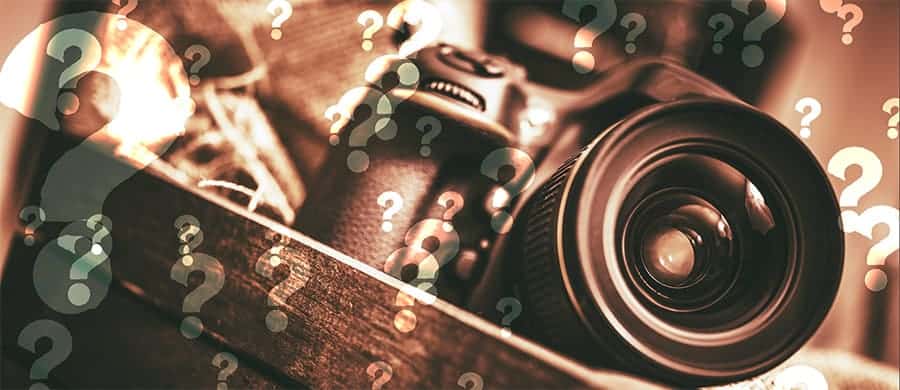
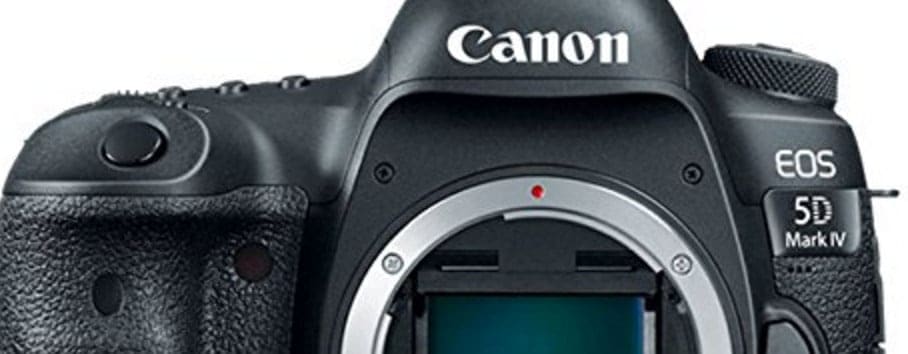
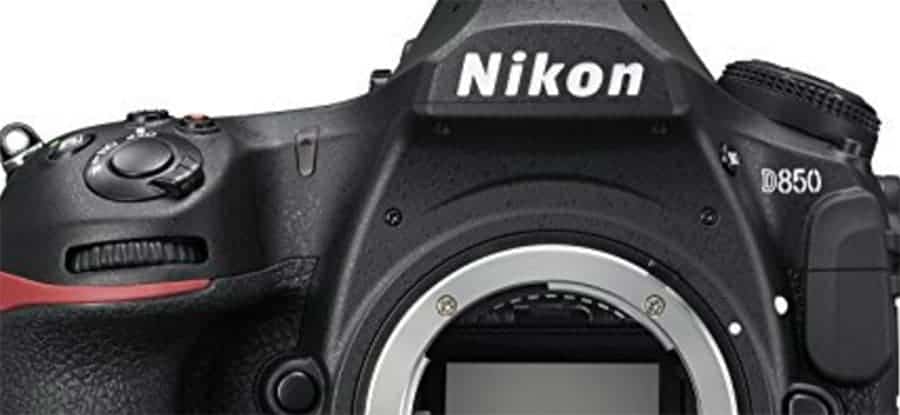
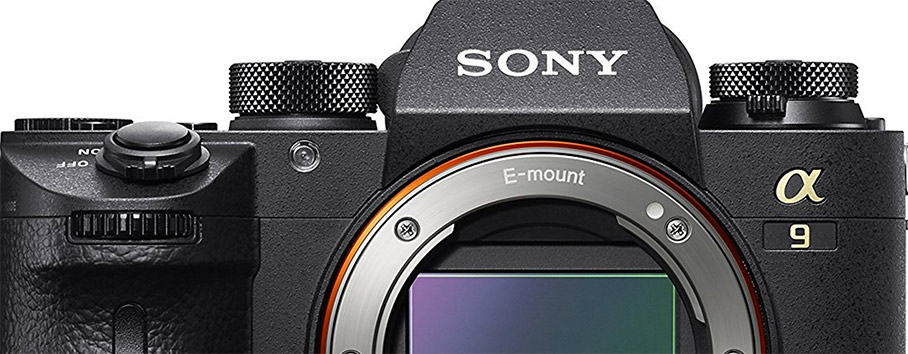
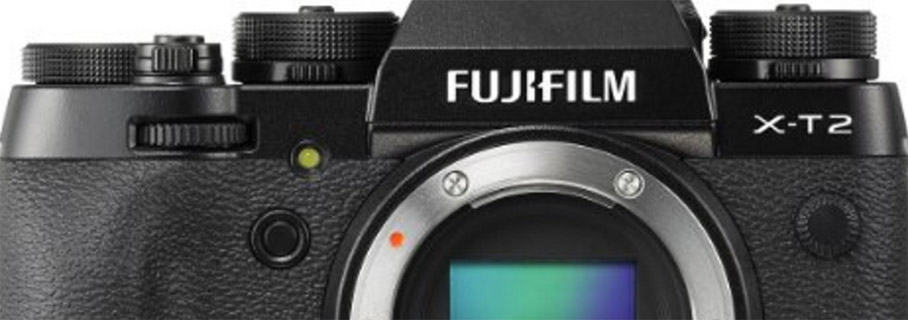
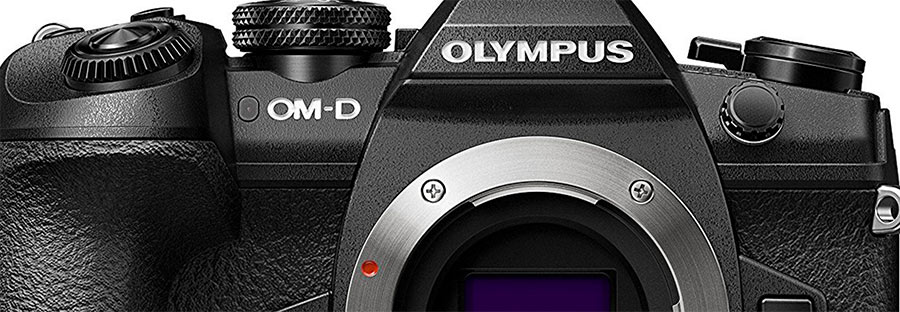
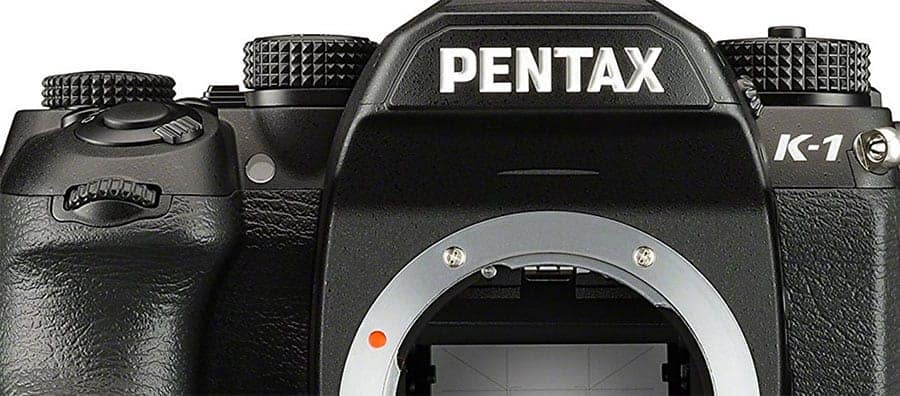
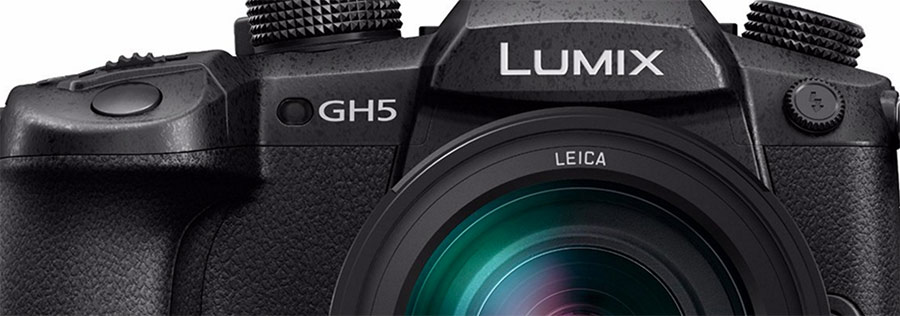
What do you think of my rankings? Way off? Agree? Would love to see some opinions on that.
If someone were asking me about getting a Nikon body on a budget of $600-800 I would point them towards a refurbished D7200. They are cheap right now and still the best APS-C sensor. I own a D5200 and while the D5500 does have touch screen the lack of quick access to some commonly used adjustments still kills those cameras to me, as well as the tiny view finder.
I personally have jumped ship to Sony a few years ago, and I believe you’ve made a mistake on the Sony front as well. You mention there’s no good entry level cameras, but you can purchase a new A6000 body for just $550. This body is what lead me into Sony and it is very capable. My D5200 has a bit better DR but the A6000 does everything else better with more customization for better control. Since I’ve almost mastered using my A6000 it was a breeze to jump into the A7II for all the benefits of FF.
Speaking of FF, the original A7 has come down to $900, and $700 on the used market, also making it a good pick for someone just getting into a system. For the price of a new A7II body one could pick up a used A7 from a reputable online camera shop (with 90 day warranty) and the 28mm and 50mm primes or the 28/70 F4 for a very portable all around package to build upon with time.
I think a lot of this will hinge on how you define “best”. Also, given the fact that there aren’t really too many major manufacturers out there, perhaps a Top 5 would have been better than a Top 10.
If I had to rank them, I would say:
—————————-
#1. Sony – Simply because they’re the current leader in innovation and technology. Also adapters turn their mirrorless cameras into incredibly versatile systems with the ability to explore everything from modern to vintage lenses. Also, I believe that mirrorless technology is the future so that seems to make the current industry leader in mirrorless cameras a solid long term bet.
#2. Nikon – The D850 looks like a beast and in terms off native lens compatibility, Nikon probably beats any other system. The versatility of the F-Mount means that you can take a manual focus lens from 1980 and stick it on a D810. This versatility makes it an incredibly easy system to buy into. Primary weakness for Nikon is the fact that their newest lenses have gone off the rails in terms of pricing and the company itself has been going through some financial hardships, leading some to question how long they will continue to be a major player. But the way I see it, they have enough brand loyalty and recognition to ride it out short term and the release for a camera like the D850 shows that they’re still able to play.
#3. Canon – A close #3 for me, Canon probably has the most complete ecosystem of formats, bodies, lenses, and professional servicing out of all of the major manufacturers. They are the largest camera company right now, but despite this, their most recent updates have been incremental and largely disappointing. Whereas Nikon seems to firmly be feeling the pressure (and as a result, releasing a camera like the D850 at that price point), Canon seems to still be a company on cruise control. If not for the disappointment of their latest releases, I would have probably put them over Nikon as they are more financially stable and as a result, more likely to be around as an independent entity in 10 years.
#4. Olympus – Both Olympus and Fuji, in my opinion, suffer a bit from the lack of available formats. I would put Olympus ahead of Fuji, though, because the advantage in image stabilization, compactness, and overall better behavior of RAW files. Unless I’m mistaken, I also believe that there is a wider array of available lenses for M43, which would give you more options in this regard.
#5. Fuji – Fuji, like Olympus, takes a knock for the lack of available formats offered. I will agree with Jim that Fuji is probably the most fun system to shoot. Part of this comes down to the charm of its retro-styled bodies. A lot of it really comes down to Fuji’s film simulation, which probably provides the closest experience to shooting film outside of actually shooting film. Unfortunately, to get the full experience, you have to shoot in JPEG as the simulation is not applied to RAW (unless something has changed since I last touched a Fuji camera). For the average person, this is fine since Fuji probably puts out the best SOOC JPEG files in the business, but a lot of people like to shoot in RAW so it’s less helpful to them as is the fact that Fuji RAW files don’t seem to play well with Adobe Lightroom.
#6. Leica – Leica is a pretty polarizing brand and often the butt of a lot of derisive jokes about hobbyists with day jobs in the medical community. Cost not being a factor, however, there’s no doubt that they make some damned good lenses and their cameras do certainly have a loyal following (for whatever that’s worth). Sure, some percentage of this could certainly be outspoken people just trying to justify their purchase decisions, but having used a Leica film camera when I started out, I would wager that there is definitely some real quality there even if it may be overpriced. As long as you don’t go attaching an EVF that bricks your camera, a Leica is probably a sound investment if you have the cash to drop.
#7. Phase One – A subject potentially more polarizing than Leica cameras? Medium format digital cameras. This is most certainly not a value purchase, but the few people I’ve met that have used a Phase One camera have raved on and on about them. Unless you’re making absolute insanely sized prints that are going to be viewed close up, you’ll likely never need to touch one, but as far as an ecosystem goes, if you’re going MF Digital, Phase One has to be considered.
#8. Hasselblad – See above about both Leica and Phase One.
#9. Pentax – A source of frustration for me. Pentax today seems to be the epitome of a company that’s neither here nor there. Pentax has largely made a niche for itself as a value buy, but while their cameras certainly give you a lot for what you pay, that’s really not the complete story. Pentax is a brand that seems to be ever the subject of rumors that it will be killed off by its parent company, making it difficult to recommend as a long term investment. Pentax today doesn’t have the innovation of Sony, the ubiquity of Canon and Nikon, the sheer quality of Leica or Hasselblad. Simply put, Pentax produces solid cameras but they never seem to excel in anything. Whichever Pentax you’re in the market for, chances are rather high that there’s another manufacturer doing it better and this is likely going to be a problem for them. The biggest thing that I could probably say about Pentax today is that they have made medium format digital photography somewhat affordable, but given the questionable value of digital MF vs. digital FF—particularly with FF sensors near the 50MP range—it’s a toss up for me.
#10. Panasonic – Like Pentax, they make solid cameras that are good values. Unlike Pentax, there’s not much upward mobility within the system toward professional bodies so as a system, I find it difficult to recommend for anyone that I think might start to take photography more seriously in the future.
—————————-
The right, the wrong, the better, the worse. That’s my two cents.
Hey I really liked this article. I really agree that Sony is making some really good cameras right now but they’re controls aren’t quite as good as fujifilm’s.
I also had a question. Right now I have a Fuji xt-1 and my best landscape lens is still the 18-55 f/2.8-4.5. Are there any lenses that would be cheaper than the $1000 10-24 but better than what I have?
I think this is a better “currently most innovative” rather than the best article… like you said it really depends on what you want out of the camera, and we are fortunate to have so many tools to choose from for our craft. A couple of things, and let me say first I agree Canon has not been overly innovative lately, but I think you sold them a little short.
You talked about Nikon embracing 4k video, but didn’t mention that their video focusing system is less useful than shooting 1080p with a canon and DPAF.
You commented “Sports shooters have always seemed to favor Canon for some reason” This should be your next article because why do sports photographers favor Canon? Maybe there are some tangible reasons that can’t be measured by a noise test, or a DR test, or by how many new features the camera has.
Last note your best camera had the most weaknesses? Again this is not an issue if the article is about current innovation. Also, you recommend Sony to friends and Neighbors… and maybe they are all proficient photographers, but if they are not you said “Non-intuitive controls on the camera. Most photographers can easily pick up a Fuji, Canon, Nikon, or Olympus camera and know how to use it within 5 minutes or so. I have not found that to be the case with the Sony. I had to look up a lot more things in the manual.” This would not be my choice as a first camera for a friend or Neighbor.
Hopefully, this comes off as a fair critic of the article as that is what it is meant to be.
For me most reliable is key. The A9 is definitely very interesting, but I have no idea if that camera will reliably work day in day out over the years, and if I have an issue how is the customer service to get me going again. I got to be able to pick the camera up, and know that it’s going to just work even in non-ideal environments.
Some of the points go to innovation. That’s true. Innovation in technology is quite important. However, not all of it is about which brand is currently most innovative.
Before I bought into a camera brand I had first to decide between mirrorless or DSLR.
I decided on mirrorless, so that ruled out Canon and Nikon right away.
I had to look at lens quality and camera controls.
I think Fuji are ahead of Sony as regards lenses.
My personal rating then became;
1/ Fuji
2/ Sony
3/ Olympus or Panasonic
I am not so keen on 4/3, so that relegated the Olympus, shame, as I always had a soft spot for them.
The layout of the Fuji and it’s lens quality swung it for me, with a Fuji X-T1 I can control everything on the camera withought taking my eye off the viewfinder, and none of these cheesie menus with a mountain or runner. It’s a real camera!
The Fuji X-T series is like the Pentax ME Super, for those who remember the film days, it was one of the best cameras on the market.
The Fuji 14 and 16 are excellent lenses, so I don’t understand your comment on Fuji not having a decent wide angle, however, they don’t make anything wider, apart from the 10-24, which does appeal to me.
The XF 56 f1.2 & XF 23 f1.4 & XF 16 f1.4 & XF 90 f2 are all first class lenses, as good as the best offerings from Canon, Nikon or Zeiss or anything else on the market.
I enjoyed reading this article and I agree with most of what you say.
I think Canon and Nikon are in some denial about mirrorless, while Sony have done a great with the full frame sensor